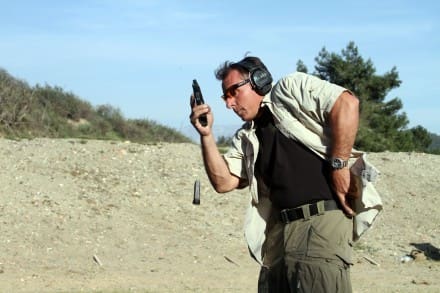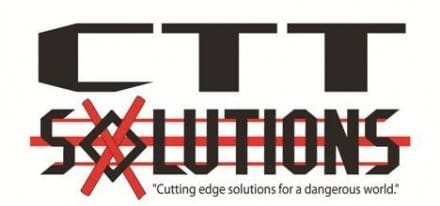With Christmas 2014 and all the associated shopping still clear in the rear view mirror I think it’s fitting to talk about getting a good deal when purchasing a firearm. I hear a lot about price comparatively speaking and want to make a few suggestions. There are many quality handguns available today but none in my opinion are without some needed upgrades Let’s look at pistols generically. Aside from price what do we really want? First a pistol that feels “right” in your hand. Without that you will never have a comfortable grip and will fidget incessantly, degrading your consistency and thereby your accuracy and speed. Second is reliability, without that you’ll never trust the pistol and only be able to employ it in certain capacities (even my competition pistols are combat reliable). Third is durability. If you shoot your pistols a lot then you don’t want to be frequently replacing parts or have a pistol that can’t handle +P or +P+ loads for instance. Fourth is trigger press weight which will dictate the amount of input required on the gun to make it discharge. The less and the smoother the more consistent and controlled the trigger manipulation. Fifth and final is accuracy and when you shoot guns at 25m and beyond that is an enormous strength or weakness. Trigger and inherent accuracy are both near and dear to me from my formal training in JSOC where pistol marksmanship standards were extremely challenging . Without a good trigger and an inherently accurate pistol (think barrel fit) that is virtually impossible. I assume you have noticed price has still not been mentioned. That is because price is the least important factor within reason. I say that because the extra $200 or $600 is 1-3 cases of ammunition depending on caliber and in the life of a well used gun that is not much. If you don’t have a list of criteria and evaluate your next purchase based on them then you are buying on impulse and emotion and may very well end up with something less than optimal. You won’t be satisfied with it and will end up purchasing what you really wanted or adding work to it that you hadn’t but should’ve expected. That said I know of no stock gun that will meet all the needs I have completely. I’m finicky about triggers and I shoot even sub-compacts to 50m so accuracy and trigger are critical. I have very few bone stock guns and honestly look at a new gun with the upgrades already in mind. Make sure your pistol is an investment in your training as much as the gun itself. Your guns should do what you want, how you want reliably and consistently or get worked on.
I highly recommend you pick a pistol that meets your own critical criteria and identify the mods and accessories you’ll want and then add it to the price. If you shop wisely you get what you pay for and quality is not cheap but is sometimes elusive . Going cheap always leaves you with pistol envy.
“The common law of business balance prohibits paying a little and getting a lot-It can’t be done! If you buy from the lowest bidder it is well to add something for the risk you run, and if you do that you will have enough to pay for something better. ”
Attributed to John Ruskin 1819-1900
-Mike Pannone
Mike Pannone retired from the Army’s premier assault force (1st SFOD-D) after an explosive breaching injury. A year after his retirement America was attacked on 9/11 and he returned to help serve his country as the head marksmanship instructor at the Federal Air Marshals training course and then moved to help stand up the FAMS Seattle field office. In 2003 he left the FAMS to serve as a PSD detail member and then a detail leader for the State Department during 2003 and 2004 in Baghdad and Tikrit.
In 2005 he served as a ground combat advisor of the Joint Counter IED Task Force and participated on combat operations with various units in Al Anbar province. Upon returning he gave IED awareness briefings to departing units and helped stand up a pre-Iraq surge rifle course with the Asymmetric Warfare Group as a lead instructor. With that experience as well as a career of special operations service in Marine Reconnaissance, Army Special Forces and JSOC to draw from he moved to the private sector teaching planning, leadership, marksmanship and tactics as well as authoring and co-authoring several books such as The M4 Handbook, AK Handbook and Tactical Pistol shooting. Mike also consults for several major rifle and accessory manufacturers to help them field the best possible equipment to the warfighter, law enforcement officer and upstanding civilian end user. He is considered a subject matter expert on the AR based Stoner platform in all its derivatives.
Gunfighter Moment is a weekly feature brought to you by Alias Training & Security Services. Each week Alias brings us a different Trainer and in turn they offer some words of wisdom.



















































































































